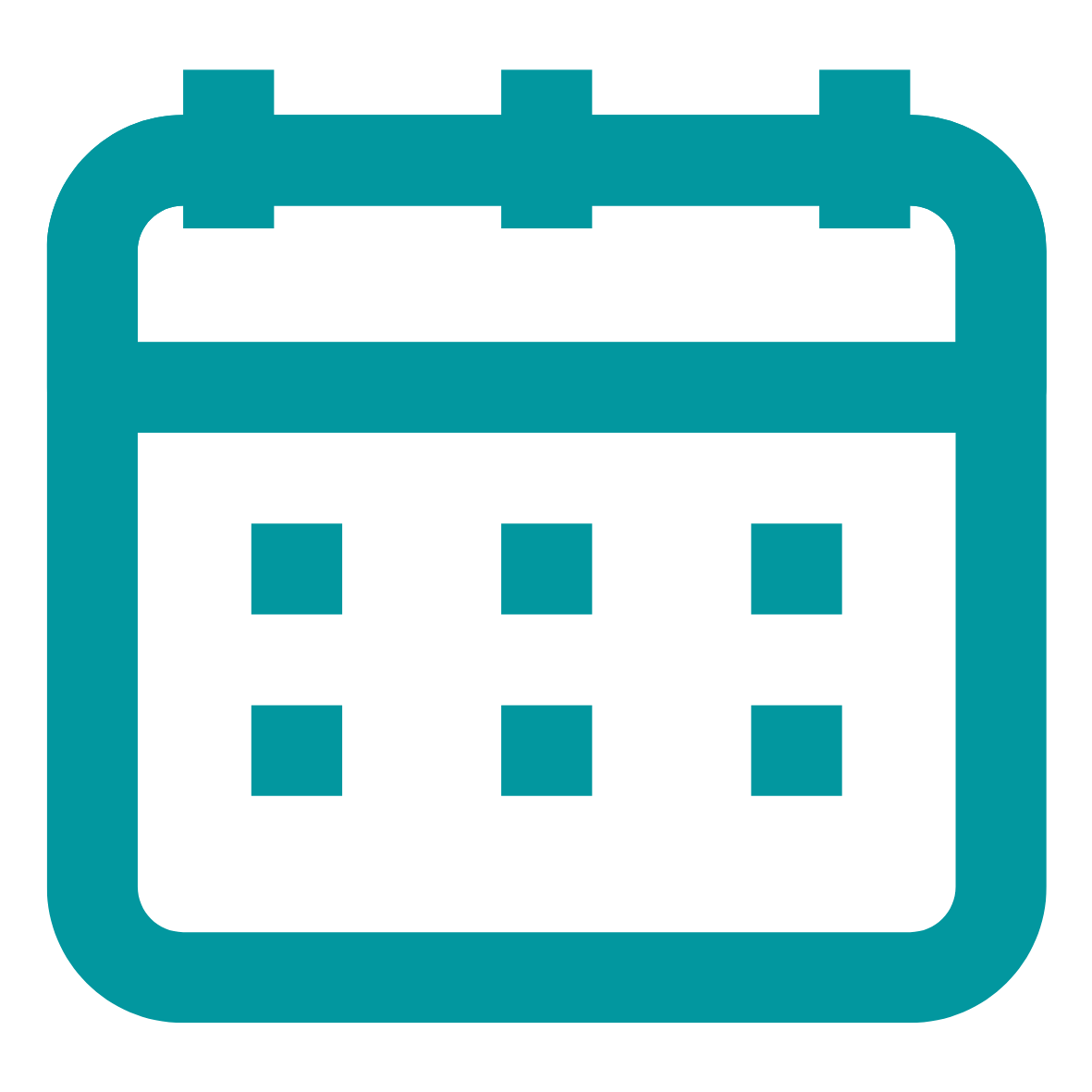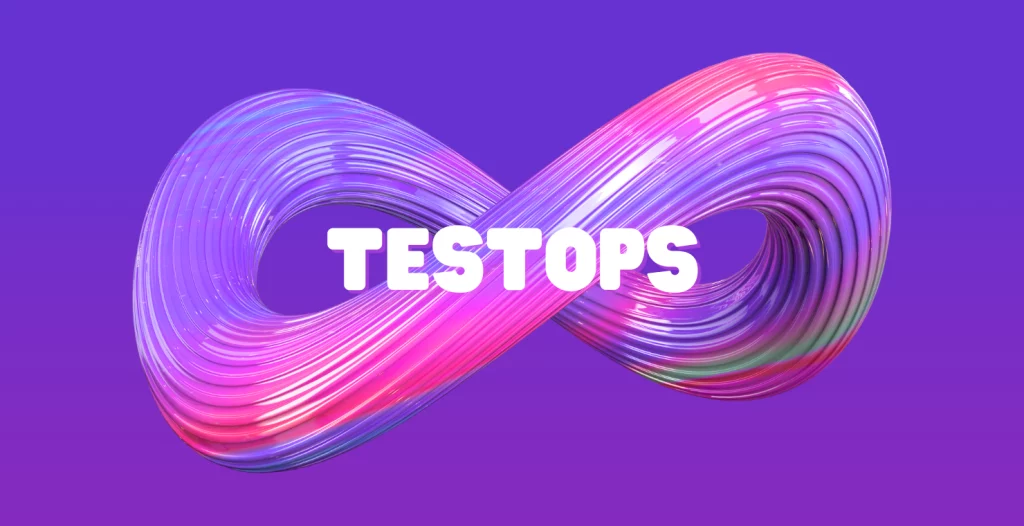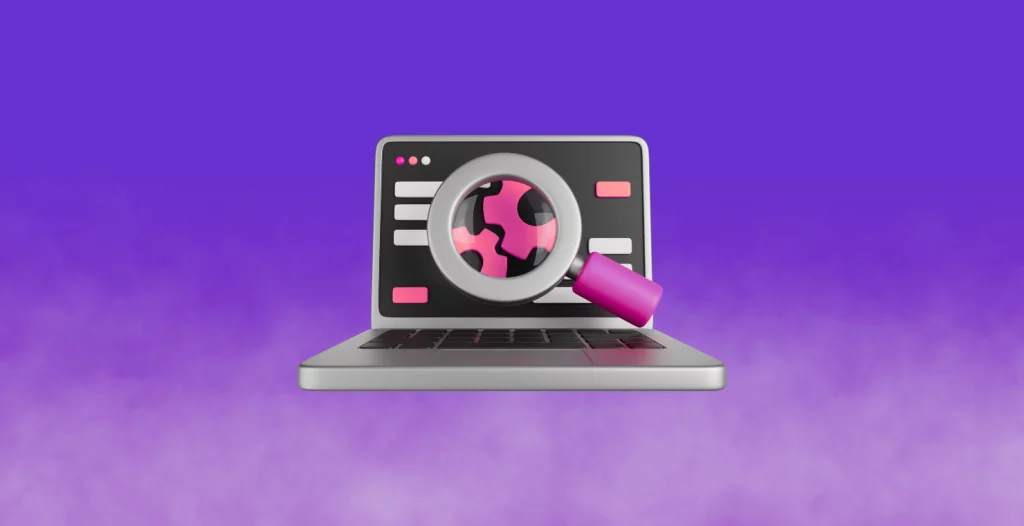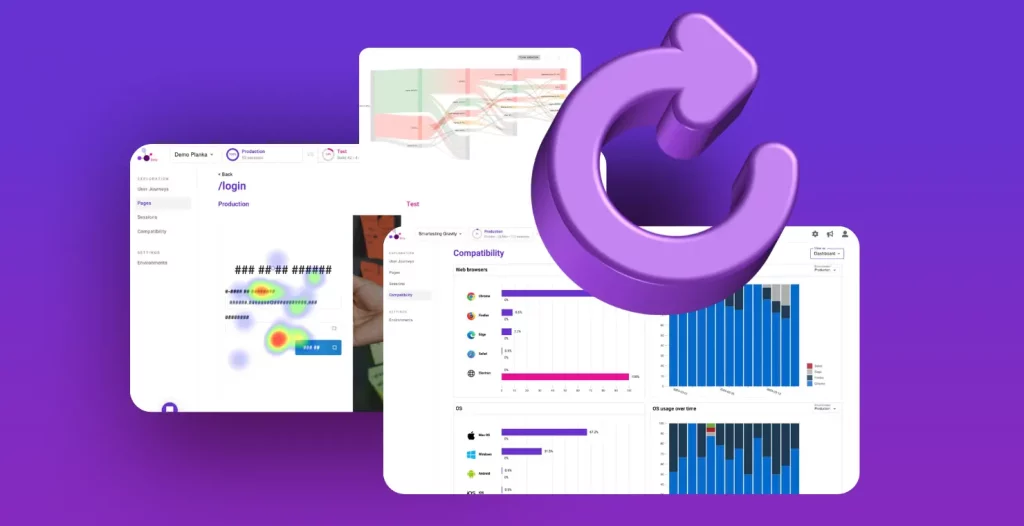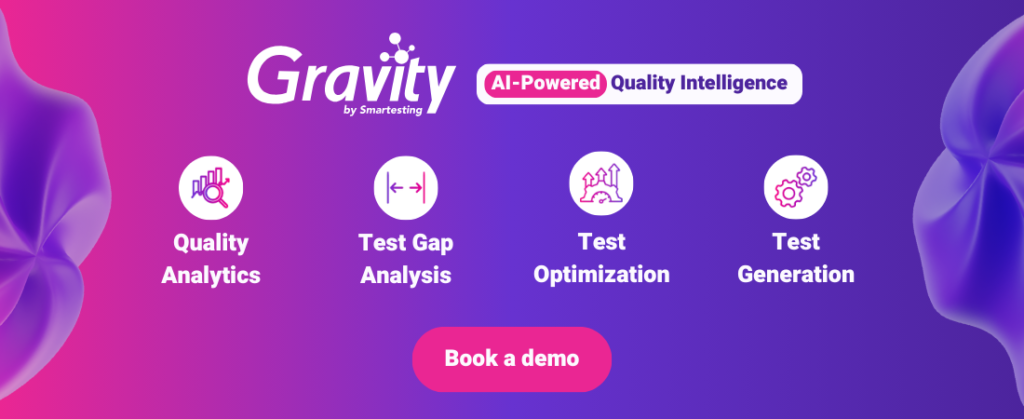

Hello there!
This is with a stomach full of Turkey and chocolate that I am writing this new Gravity product update blog post. We hope the holiday season has been good for you (oh, happy new year, by the way!).
So, what happened those last months on Gravity?
Gravity product update
Performances improvement
We released the first usable version of Gravity just after last summer (see the story of our reboot here). We took some technical shortcuts to build a minimal set of features, so we could welcome our early adopters. As expected, we didn’t scale well, and navigating in Gravity wasn’t smooth.
Our best techies quickly took the bull by the horns, and after setting up an observability tool (they chose Atatus), dealt with the problems. Computing and displaying the usage metrics takes a few milliseconds, and we can now safely build on top of this core feature. It also allowed the team to start building a dashboard, so we can watch and improve critical technical KPIs.
Congrats to them!
Cross-subdomain session tracking
In its early versions, the gravity-data-collector must be authorized on a single domain to collect usage data. It was impossible to track a user session occurring on multiple subdomains (typically: example.com, then app.example.com).
Good news, we fixed that. All you have to do is to deploy the collector on every subdomain you want to watch and authorize them from the “Configuration” page of your Gravity project
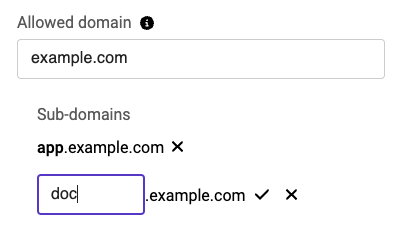
Introducing business data
When discussing with our early adopters, the need of segmenting the data by some custom business criteria arose:
“I’d like to compare this usage for the users of my application having an administrator role”
“I want to focus only on the subscribers’ accounts”
That’s why we added the ability to identify collected sessions with custom data (what we call traits, see the documentation) and filter user and test sessions in Gravity by those traits:
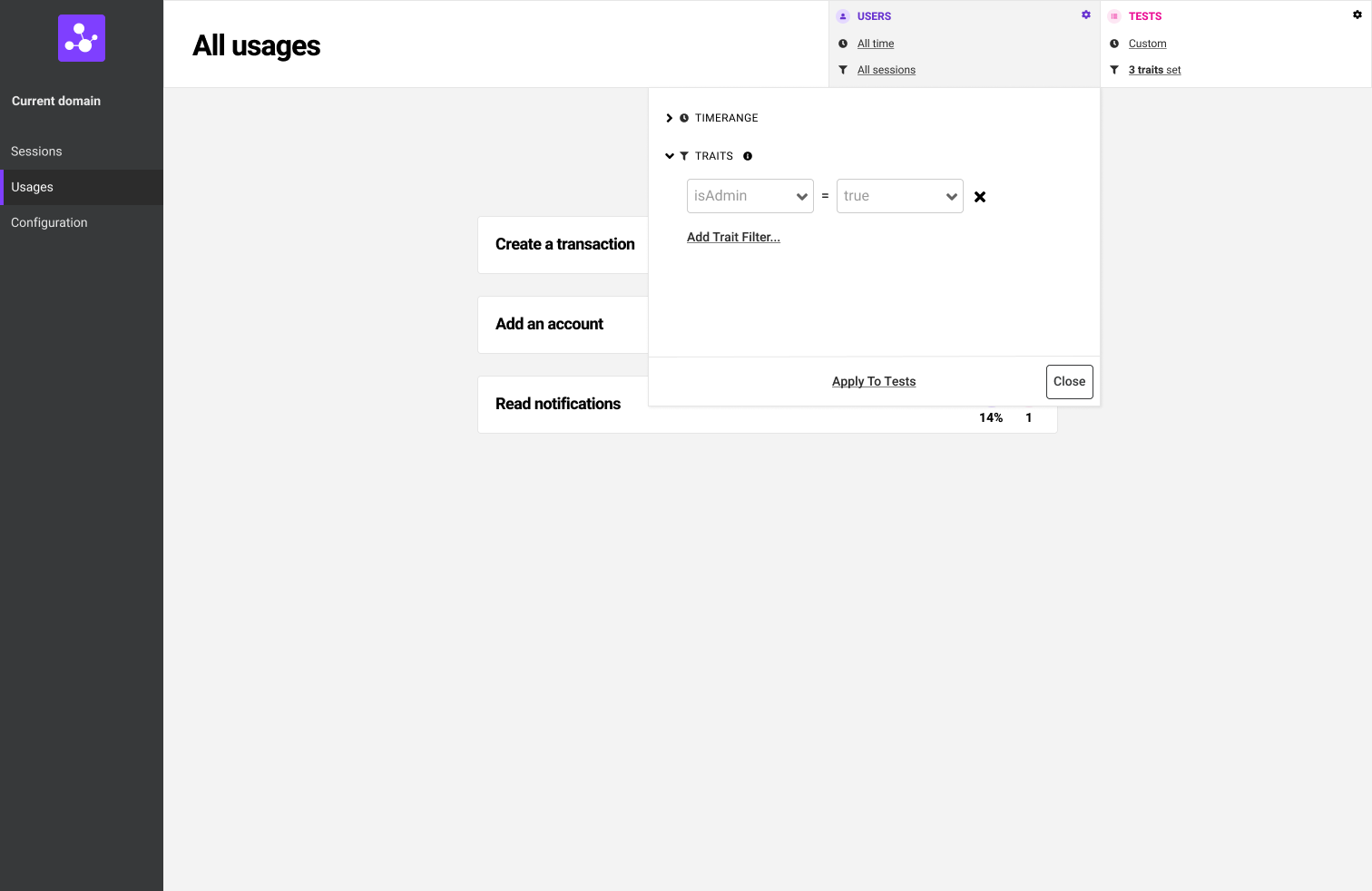
What’s next?
That was for the new key features and improvements we released this last quarter. Of course, we are continuously improving the product, so there were a lot of usability improvements, bug fixes, and so on. We also did a lot of product discovery work, that helped us feed our roadmap for the next months:
- Discover trends in your products’ usage. With Gravity, we want to help target the best-fitted test suite for your app. For now, you have to manually do the job of defining the usage you want to monitor in Gravity. We want to reduce this friction and build features that can do this automatically.
- Human-readable data. Figuring out what was the user journey during a collected session can be difficult since the displayed data are…quite technical. We want to improve the way the sessions are collected and displayed, so you can easily understand what is going on.
- Optimize test suites. People get in touch with us, mainly because they want help discovering new untested paths in their applications and cleaning up their suites full of scripts testing (supposedly) useless cases. We want to bring value to helping solve these two problems.


